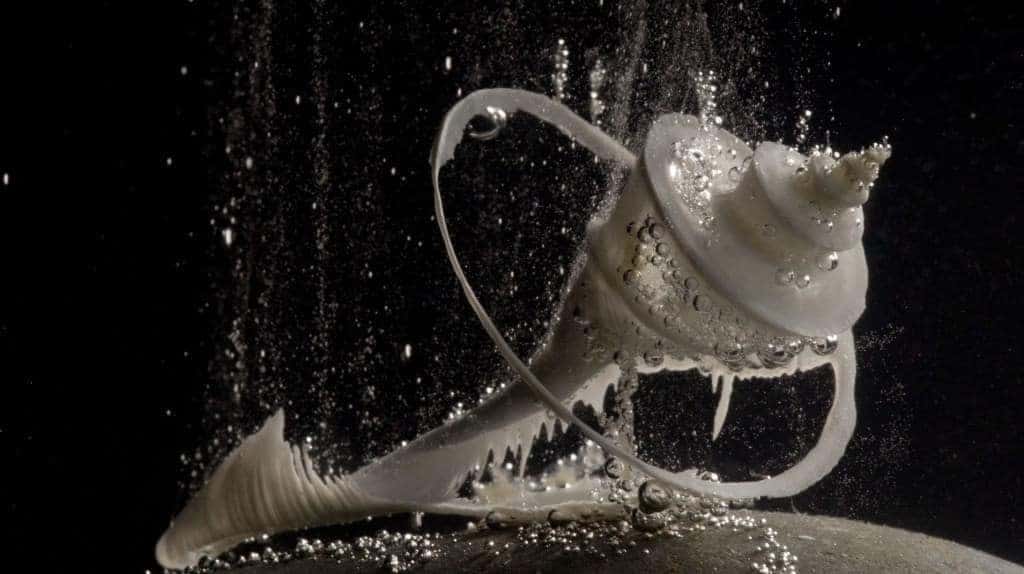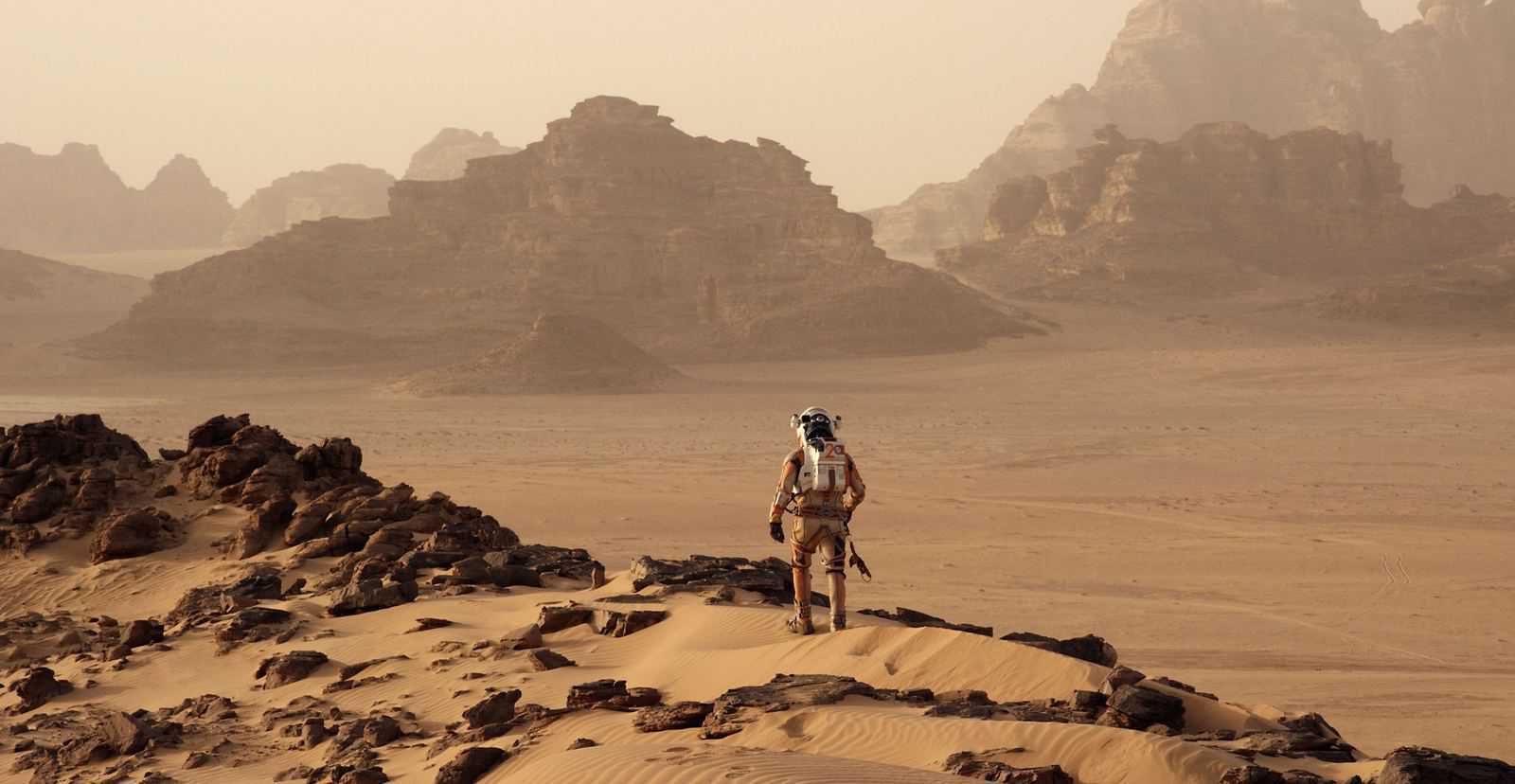
We’re in an age of mass extinction. For centuries, you might expect one species to go extinct per year, but thanks to human activities, these numbers have increased by orders of magnitude. Director Louie Psihoyos’ Racing Extinction aims to not just manufacture outrage about this fact, but to create a sense of wonder at the natural world through using stunning high tech imagery to reveal never-before-seen footage or impossible-to-hear sounds.
The film follows a group of environmental activists — nature photographers and retired business executives who have dedicated their lives to saving endangered species — as they track down illegal animal slaughter around the world and expose it, in an effort to stop it. One of the first examples of this we see is a Hollywood techie who sets up a large screen onto which he projects an image of an endangered species of whales, in front of a California restaurant serving the endangered species, to raise awareness about the issue and deter customers from patronizing the establishment. His persistence helped drive the company out of business.

Meanwhile, we follow the group of activists to China and Hong Kong, where sharks are being hunted for their fins. In one terrifying shot, we see a large outdoor storage facility packed with nothing but shark fins, destined to be sold to make the delicacy shark fin soup. We watch our heroes posing as restaurateurs in order to get behind-the-scenes images of just what goes on so that they can expose it. It’s horrifying, and showing us this plainly has the desired effect.
Psihoyos also follows his activists on a parallel journey to discover images and sounds of lost or almost lost species. They visit Dr. Christopher W. Clark, a researcher in biofaustics at Cornell, where there is a large library of sounds of different species, including some now extinct. Clark plays the echolocation sounds of a blue whale for us — too low to be heard by the human ear — by speeding up the recording to reduce the wavelength to something our ears can process. Here, we feel just how much would be lost if these sounds were to disappear from the world.
In an effort to explain the connection between burning fossil fuels, the carbon dioxide build-up in the atmosphere, and endangered species, Psihoyus films footage through a carbon dioxide filter. This makes visible the usually invisible carbon dioxide emissions from cars, industrial plants, exhausts, and more. It allows us to visualize the emissions as pollutants rather than just some invisible source of mysterious origins. Similarly, there’s also a methane filter to help us see the connection between extensive cattle raising, methane emissions, and the build-up of carbon emissions in the atmosphere.
Because the film’s third goal is to cultivate optimism about the future and empower ordinary people to make a difference, it skimps too much on the explanation o the problem and the visuals. The carbon dioxide filtered camera produces dramatic images, but without a thorough explanation of exactly how this is linked to climate change — other than stating plainly that it is — it’s unlikely to have the desired effect of really changing how people think about carbon dioxide emissions.
Similarly, the before and after images of the same location in the coral reef in the 1980s and today show a staggering difference: the coral is bleached and the site looks sick. But without an explanation of what we’re seeing and how this is linked to human activity — how the buildup of carbon dioxide in the atmosphere is changing the ocean chemistry which is in turn causing bleaching — it loses its full impact. We can mourn the loss of the reef, but without additional background knowledge, the average viewer won’t understand why. Fragments of the puzzle are doled out but never linked into a full picture.

The last third of the film is dedicated to showing the activists’ collaboration with Obscura Digital to create mobile art installations — via powerful projectors — on major landmarks, such as the empire state building, which will educate about endangered species and show the beauty of these creatures. On the one hand, their project is exciting, and the film is successful at getting us engaged and on board wit the project. It may take planning, but it’s the kind of thing that a small group of people can do, which can make a difference. We see legions of people stopping in Manhattan to view the light show in awe.
But it forces Psihoyos to sacrifice a lot of time which could have been spent showing us more dramatic images and helping us to better understand the situation. The high-tech visualizations and the beautiful images are what makes Racing Extinction a must-see. It’s awe-inspiring and vital. As important as it is to get as many people as possible to join the fight, there’s really not much more actionable information than in An Inconvenient Truth, but there’s less background provided to get you to the point where you understand the problem enough to want to address it.
Nevertheless, showing us a successful campaign does have its uses. Racing Extinction premiered at Sundance in January alongside the Canadian documentary How to Change the World, which chronicled the rise of Green Peace in Canada and its Save the Whales movement. How to Change the World documented the problems that can occur when a movement grows too quickly with too many different strategies, and it’s got a somewhat cynical message: the thing that changes the world can itself change into something unrecognizable.
Racing Extinction is about a movement that still needs to grow, and it’s about encouraging separate, independent, grassroots efforts to help grow it. It leaves you feeling like you can make a difference rather than that changing the world is a nigh impossible feat. And in that, it is valuable. But given how powerful and fantastic the film’s images are, I wish the focus had been on creating more of these — important and rare work — and less on activism in action.
For more information about the film, visit the film’s website here.
Read more: Josh Fox talks How to Let Go of the World (And Learn to Love All The Things Climate Can’t Change) >>

